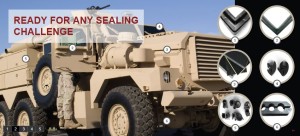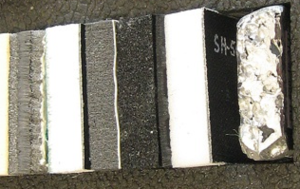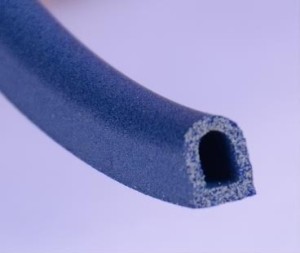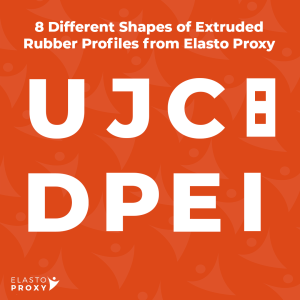Military Rubber Gasket Specifications
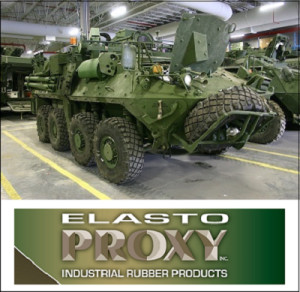 Learn about military specifications for rubber gaskets, and why defense contractors need a custom fabricator that can do more than convert elastomeric materials.
Learn about military specifications for rubber gaskets, and why defense contractors need a custom fabricator that can do more than convert elastomeric materials.
Military specifications for rubber gaskets are designed to ensure that elastomeric materials support the mission by meeting published performance requirements. Standards and specifications for the U.S. military are authorized by the Department of Defense (DOD), and used by defense contractors throughout North America. Tier 1 and Tier 2 suppliers are familiar with these standards, but may not fully understand how the details of a particular specification can affect purchasing and manufacturing decisions.
Official DOD definitions specify many different document types, but the format of each military standard generally begins with the letters “MIL”. For the defense supply chain, however, complying with what’s inside the standard is what matters. With rubber gaskets, buyers need to choose materials that meet or are tested to published requirements for properties such as hardness and oil-resistance. In addition, elastomeric gaskets for defense-related applications must be custom fabricated to exacting tolerances.
Let’s take a look at two military standards for rubber gaskets: MIL-R-900F and MIL-G-1149C. First, however, we’ll examine a related standard for non-metallic gasket materials.

